by Jon Balsbaugh
As the leaves finally turn, frost covers the morning grass, and everything that hints of summer past is slowly packed up and put into the garage, I find myself reflecting upon the fair — not any fair, but the Minnesota State Fair.
Every year (minus one) for the last twenty-plus years, I have attended the fair with at least some portion of my family. Most of those years getting to the fair simply meant a short morning drive from our home on St. Paul’s West Side through Como Park to our favorite early morning parking spot. We would show up when the gates opened and leave only when the grounds closed.
Five years ago, however, my family moved to South Bend, IN. From our new home along the St. Joseph River and under the shadow of the Golden Dome it is now a five-hundred-mile drive one way, eight hours of driving through Chicagoland traffic and the rolling hills of Wisconsin before crossing the St. Croix River at Hudson and entering the land of ten thousand lakes and everything on a stick.
The first year after our move, the drive deterred us. That was the one year we missed. But the absence of the fair from my own personal liturgical calendar was so intense that I vowed I would never miss it again. COVID shut down the fair in 2020, but aside from that year, we have made the trek north every Labor Day weekend since moving.
This year the journey was complicated by a Labor Day weekend wedding in Indianapolis — the wrong direction and very poorly timed to allow me to attend both the fair and the wedding. I love the fair, but I also love the two people who were uniting in holy matrimony, their families, and the many friends I would see there. Ultimately, the wedding won out so, once again, a trip to Minnesota was imperiled — this time not by a global pandemic but by a joyous celebration.
One solution remained, however. Though my family would not be available any other time but Labor Day weekend, I knew that I could conceivably drive up on the previous Friday, attend the fair on Saturday, and return on Sunday in time for the work week. So this year I went it alone. I decided to make the journey even by myself, not for the food, the rides, and the animals but because this particular fair has become a Mecca for a certain, very specific kind of experience of humanity — mine and other people’s.
The first time I had this experience was on a boat tour of the Seine in Paris. I was photographing people (as I often am) but was suddenly overwhelmed by a profound sense of connection with the people on the bank. I felt a sense of unity with these strangers as fellow children of God and bearers of his very image — regardless of our races, lifestyles, morality, belief systems, occupations, socioeconomic status, etc. Some of those things are very important, of course, but beneath the differences is the bedrock reality of our shared identity as “Sons of Adam and Daughters of Eve.” I had known this in a sense, but before that boat ride on the Seine, it had never before sunk into my bones. It was a transformative experience.
One of the critical factors in that encounter was the fact that Paris draws people from around the world and the Seine draws people out of Paris down to its banks — people from every way of life and circumstance. The banks of the Seine ‘get everyone in.’
The Minnesota State Fair is another place that gets everyone in. It may be slightly less diverse. There is a gate fee. It takes place in the upper midwest not the heart of Europe. But even at that people can volunteer and get free admission and the presenters are there without having to pay. And outside the gates but still within the world of the fair ad-hoc vendors offer Coke products, water, and other wares (always at a price far less than you would pay inside the gates but far more than you would pay at Sam’s Club). The zealously religious hand out Bibles. Occasional panhandlers ask for spare change and street performers ply their trade. This year a man was standing at an intersection selling wisdom, as his sign read, for “$1 or cookie.” (Did I? Yes, I did.) These mingle with businessmen, politicians, farmers, blue-collar workers from the Iron Range, hipsters, moms pulling children in wagons, dads with child carriers strapped on tight, TV personalities and youths of all persuasion — urban, rural, and otherwise.
But once inside the gates, these diverse persons merge into a sea of people and become something beyond their individual selves. They become fairgoers. And as fairgoers, they look together at sheep giving birth. They wonder their way through the butterfly garden. They marvel at the fair’s largest hog, the prize-winning gladiolus, and the fish in the Department of Natural Resources fish pond. They ride the Skyride or the Skyglider depending upon their bent. They stand in line together to eat their traditional foods on a stick or try the year’s highly touted new offerings. (Pickle Pizza at Rick’s was one of this year’s most talked about.) And while sharing these experiences, they also interact with each other in ways that don’t often happen apart from this unique, twelve-day moment. It is not without reason that the Minnesota State Fair has come to be known as “The Great Minnesota Get Together.”
The only place where I regularly experience such a confluence of worlds other than the Minnesota State Fair is at a particularly good wedding. The bride and the groom are there, of course — the wedding party, close family and friends, too. But awkward Uncle Charlie is there, too, telling jokes he probably shouldn’t. College friends who have chosen very different paths in life and gone their separate ways bump into each other at the reception, promise to keep in better touch, and rarely do. Guests to whom it would have been a great offence not to be invited come from far distances. Even estranged members of the family are at least together in the same room, whether speaking to one another or not. A good wedding, too, gets everyone in — and in the Christian tradition, this is very important indeed.
In chapter twenty-two of his gospel, Matthew records that as things were heating up between him and the Pharisees, Jesus told a parable about a wedding feast. “The kingdom of heaven,” he said, “is like a king who prepared a wedding banquet for his son.” But when the king’s servants delivered the invitations, those who were invited refused to come and even mistreated the servants who bore the invitation! Eventually, the king sends the servants back out to gather as many people as they can find (“the bad as well as the good”), and the wedding hall was filled with guests.
According to John, the inaugural event of the glory that awaits us at the end of all things is a wedding feast — the Marriage Supper of Lamb, described in the Book of Revelation:
Then I heard what seemed to be the voice of a great multitude, like the roar of many waters and like the sound of mighty peals of thunder, crying out,
“Hallelujah!
For the Lord our God
the Almighty reigns.
Let us rejoice and exult
and give him the glory,
for the marriage of the Lamb has come,
and his Bride has made herself ready;
it was granted her to clothe herself
with fine linen, bright and pure”—
for the fine linen is the righteous deeds of the saints.
And the angel said to me, “Write this: Blessed are those who are invited to the marriage supper of the Lamb.”
In John’s gospel, the first of Jesus’s miracles is to turn water into wine for the wedding feast of a family from Cana of Galilee. “Ah, that miracle! Ah, that sweet miracle!” Alyosha reflects in The Brothers Karamazov while listening to the gospel being read over the body of his dead elder, Father Zosima. “It was not men’s grief, but their joy Christ visited, He worked His first miracle to help men’s gladness … ‘He who loves men loves their gladness, too.’”
In his poem “Spring,” Gerard Manley Hopkins writes of the season as a time when “weeds, in wheels, shoot long and lovely and lush,” when “Thrush’s eggs look little low heavens,” when “The glassy peartree leaves and blooms” and when “racing lambs too have fair their fling.” In ecstasy the poet exclaims:
What is all this juice and all this joy?
A strain of the earth’s sweet being in the beginning
In Eden garden.
In Nature’s spring, Hopkins heard the echoes of Eden. In the bustling fall chaos of sights, smells, and sounds of the Minnesota State Fair I can honestly say that I have received visions of the Marriage Supper of the Lamb. The fairgrounds and the fairgoers, like every other space on earth and every other set of people, remain tarnished by brokenness, suffering, sorrow, guilt, and (what amounts to the same thing) sin. Unlike Hopkins’ bounty, the “juice” and “joy” of the state fair is far more often to be found sticking to the bottom of your shoe than in a pristine experience of nature. Nor are all the goings on at the fair always a product of “Innocent mind and Mayday in girl and boy.” There is a vulgarity to the fair, blessed though it may be. And as darkness falls the mood can even edge towards the sinister. So, yes, these fair-time visions are intimations only. But they are intimations nonetheless; and this sense of being bound together in a way of being that transcends our many differences, the harvest feasting, the celebration and raw abundance … these things are true, real, and spiritually significant.
And most significant are the people themselves. In the slideshow below are fifty of my favorite people shots from among the nearly four thousand I took this year — each person an image bearer, each person a child of God, each person a brother or sister.
Most of the people at the fair that day probably drove home in the evening. Some might have spent a few days or even weeks before heading back to the Iron Range, Ely, or Southwestern Minnesota. Some like myself were out-of-staters. I once met an older couple who travelled to the fair every year from Arizona, attending all twelve days of the fair.
But as I sit here now watching the late October leaves fall in Northern Indiana, I must believe that I was not alone in returning home to “these palaces, our Kingdoms” changed at least somewhat for having been together again with all these strangers, friends, and fellow travellers.
Click on any image below to enter a slideshow mode.
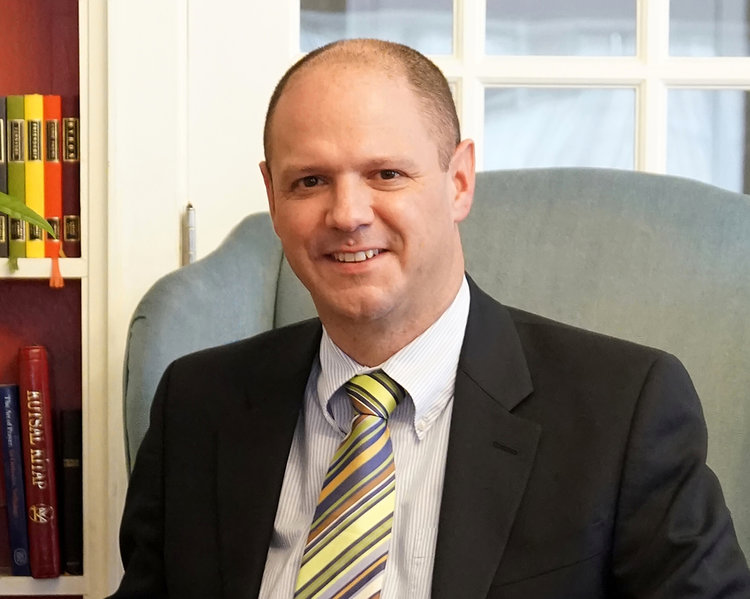
Jon Balsbaugh is the founder and chief editor of Veritas Journal and owner and operator of Kairos Educational Consulting. Though his soul still imagines itself in the Pacific Northwest of his childhood, he now lives in South Bend, IN. He and his wife have five children. Mr. Balsbaugh has been involved in classical education for over twenty-five years. In addition to reading, writing, and thoughtful contemplation of ideas, he enjoys seeing the world through the lens of his three primary hobbies: fly fishing, foraging, and photography.
Header Image: Photograph by Jon Balsbaugh
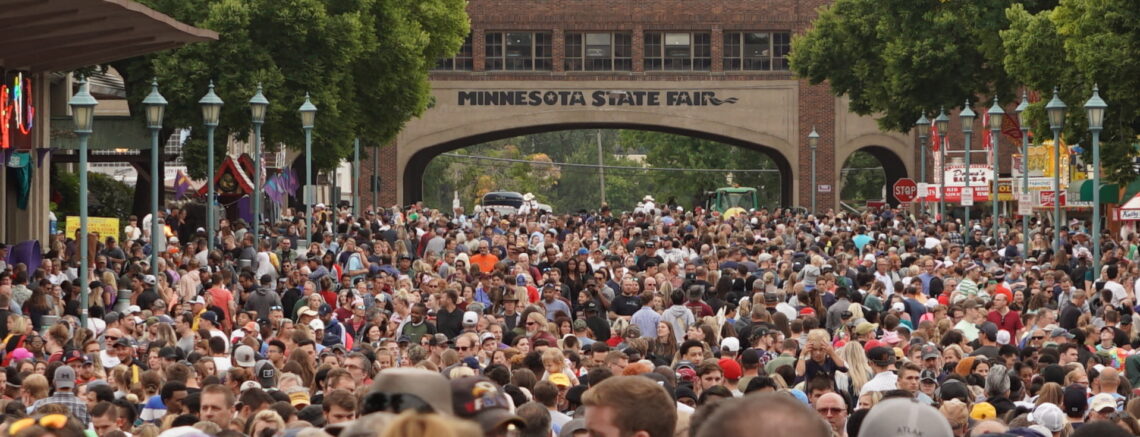


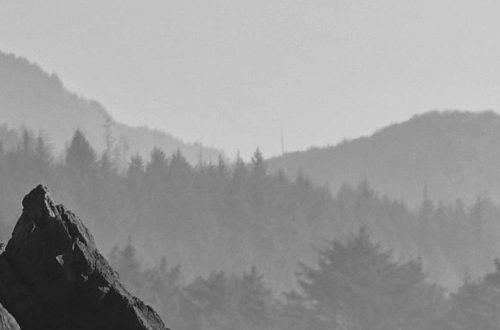
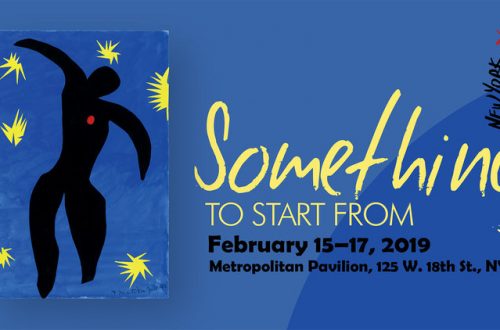
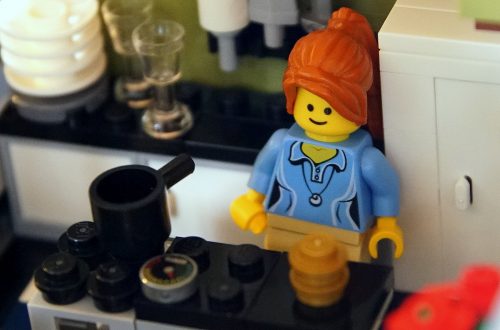
2 Comments
Henry Lewis
Thank you for reminding us that we are all cut from the same cloth and in this fabric of man we find joy unspeakable and full wonder. We need only look up.
Ruth Gaylord
I LOVE your reflections, John!!!! and your photographs!!!! All of humanity is at the Great MN Get-Together!!!